Topic: The RCR

The RCR; A Question of Legal Existence (1894)
An offer of service, and a challenge to entitlement.

Canadian Loyalty
The Toronto Daily Mail, 20 November, 1894
Offer to Place the Royal Canadian Regiment at the Service of the British Governments
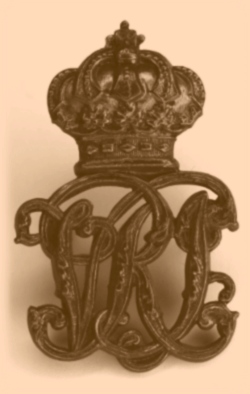 London, Nov. 18—Sir Charles Tupper, Canadian High Commissioner, who is at present in Scotland, in addressing a meeting a few days ago, said that when anxiety was occasioned recently by the hurried assembly of the British Cabinet Council in London to consider the alarming condition of affairs in the East, the Canadian cabinet was also assembled, and authorized Chief Justice, Sir Samuel Henry Strong, acting-Governor-General, to send a cablegram to Lord Ripon, Secretary of State for the Colonies, stating that the Dominion of Canada was prepared to put the Royal Canadian Regiment of Infantry at the service of the British Government, and maintain the force in the common interest of the Empire.
London, Nov. 18—Sir Charles Tupper, Canadian High Commissioner, who is at present in Scotland, in addressing a meeting a few days ago, said that when anxiety was occasioned recently by the hurried assembly of the British Cabinet Council in London to consider the alarming condition of affairs in the East, the Canadian cabinet was also assembled, and authorized Chief Justice, Sir Samuel Henry Strong, acting-Governor-General, to send a cablegram to Lord Ripon, Secretary of State for the Colonies, stating that the Dominion of Canada was prepared to put the Royal Canadian Regiment of Infantry at the service of the British Government, and maintain the force in the common interest of the Empire.
This statement of Sir Charles' evoked the warmest applause.

Royal Canadian Infantry
The Toronto Daily Mail, 24 November, 1894
To the Editor of The Mail:
Sir,—The surprise with which I read the report published in your columns of yesterday that the Canadian Government had offered the services of "the Royal Canadian Regiment of Infantry" in the event of trouble arising in the East will, I think be generally shared by the officers of the active force. That the Government of this country could seriously indulge in such an absurd piece of gasconading will seem incredible to all who are aware of the facts of the case. Why sir, the "Royal Canadian Regiment of Infantry" has no legal existence. It is a mere figment of the brain of the headquarters staff. There is no Parliamentary authority for such an organization, and no funds have ever been voted by parliament for the support of such an organization.
What parliament has sanctioned and supported, and I hope will continue to sanction and support, is the establishment of certain military schools for the instruction of the officers of the militia of Canada. Simply that and nothing more. But upon this foundation, little by little, step by step, the Militia Department has built up what it now grandiloquently calls "the Royal Canadian Regiment of Infantry"; to which it gives precedence over the regular militia and the status, in all respects, of a regular as distinguished from a volunteer force. And while every other branch of the force, and especially the rural battalions, are starved almost out of existence, this precious bantling of the Militia Department, which is as costly in peace as it would be useless in war, is pampered and cherished in every possible way, is maintained at numerical strength, and at an annual cost, out of all proportion to the service which it now renders, and is now reported to have been out forward as a valuable contribution to the forces of the Empire, and as a representative body of the militia of Canada!
Fancy the four companies which are called "the Royal Canadian Regiment of Infantry" parading before the Duke of Cambridge and all his staff as the Canadian contingent to an Imperial army! But even if the idea were less absurd, the Government of Canada have no power to carry out this magnificent offer. And for this reason, among others, that as already stated, the money voted for this force is voted for schools of instruction, and therefore cannot be used for any other purpose but that of instruction. It is charitable to suppose that the whole story is the pure invention of the reporter, though the words said to have been used by the High Commissioner do not bear out that idea. Be that, however, as it may, it is just as well that the public should be made aware of the real state of the case, and expression given to the opinion which I know prevails throughout the force, that the Royal Canadian Regiment of Infantry should be called and treated as what it really is—a school of instruction—a mere adjunct to the regular militia, and not something beyond and above it.
And when notice is taken of the fact that in the year 1892-93 the Cavalry and Infantry schools alone cost more money than was spent on the drill of the whole force, the question naturally arises whether some simpler and less expensive method of imparting instruction to the officers of the active force cannot be devised. When it becomes evident that the tail is ambitious of wagging the dog, it is time for the dog to assert his rights. And if at any time a contingent is called for for Imperial purposes it can be obtained, from out of the ranks of the active militia, who are her Majesty's regular army in Canada. The schools of instruction will not then be interfered with in the discharge of their useful and legitimate duties.
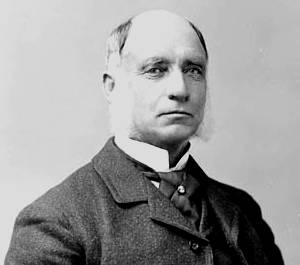 Yours, etc.,
Yours, etc.,
William E. O'Brien, Lieut.-Col.
Shanty Bay, Nov. 21
Lieut.-Col. William E. O'Brien was a provisional Major in the 35th Bn "The Simcoe Foresters" in 1869. By 1882 he was that regiment's Lieutenant Colonel. He served in the Northwest Rebellion of 1885 with the "York and Simcoe" Battalion, by which time he was also a member of Parliament. In 1898 Lieut.-Col. O'Brien was permitted to resign his commission and to retain the rank of Lieutenant-Colonel on retirement.







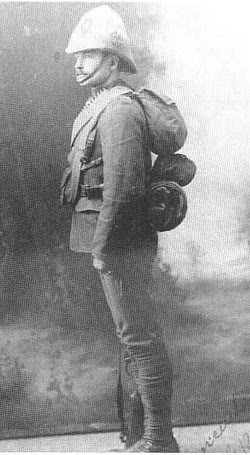
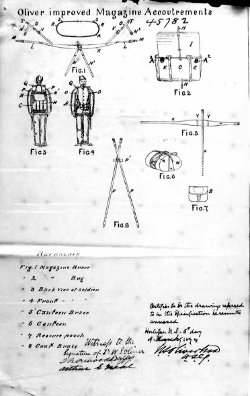

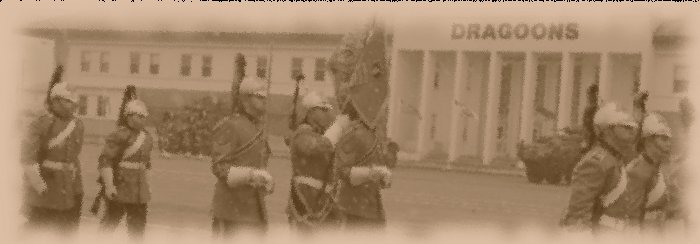
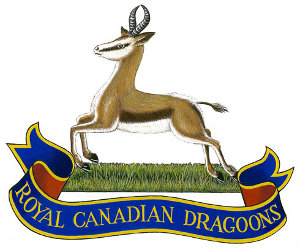 These were the questions I asked
These were the questions I asked 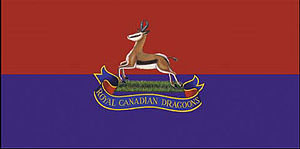 Back came the mugs. And lo and behold there was one suitably engraves for " Lt. J.G. Smithers." The joke was on someone. But it was too good to let it pass. And so the mug of Lt. Smithers remains behind the bar with the rest. And each visitor gets to have drink from this tankard first of all whether it is milk or something a little more appealing. He hears the story of how the officers presented the mugs and a little about each officer. Sooner or later he is bound to ask about the officer whose tankard he has borrowed. And it is then that he hears the story of Lt. J.G. Smithers, the ghost officer of the Royal Canadian Dragoons who never served, who never will be, and who really doesn't exist, yet is a tradition in the regiment.
Back came the mugs. And lo and behold there was one suitably engraves for " Lt. J.G. Smithers." The joke was on someone. But it was too good to let it pass. And so the mug of Lt. Smithers remains behind the bar with the rest. And each visitor gets to have drink from this tankard first of all whether it is milk or something a little more appealing. He hears the story of how the officers presented the mugs and a little about each officer. Sooner or later he is bound to ask about the officer whose tankard he has borrowed. And it is then that he hears the story of Lt. J.G. Smithers, the ghost officer of the Royal Canadian Dragoons who never served, who never will be, and who really doesn't exist, yet is a tradition in the regiment.
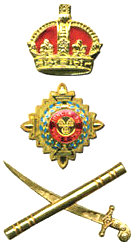 3. Metal Badges of Rank—Officers
3. Metal Badges of Rank—Officers
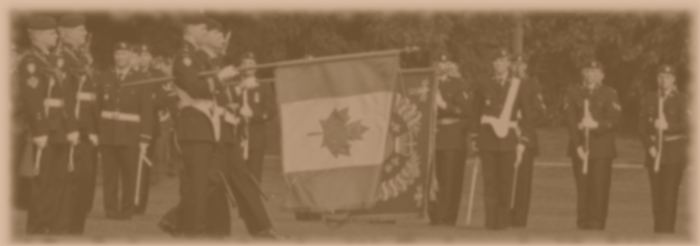
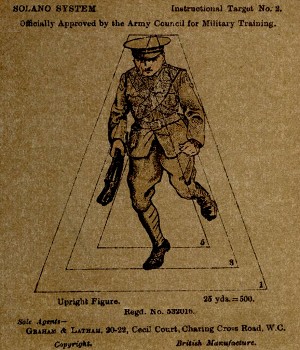

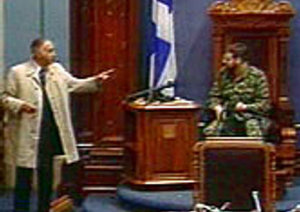
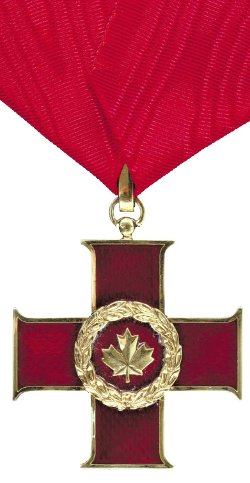 Canadian Bravery Decorations
Canadian Bravery Decorations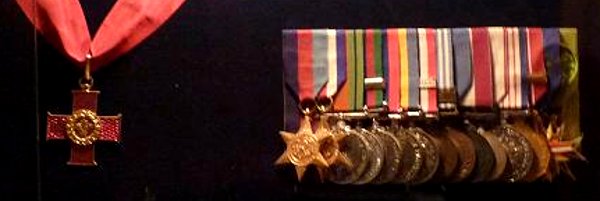
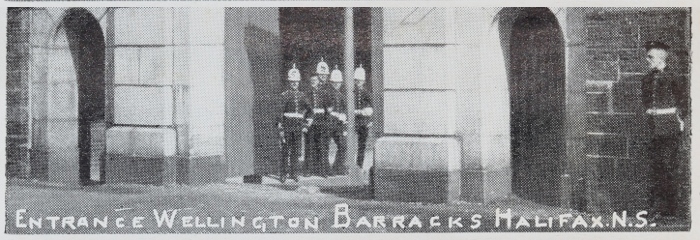
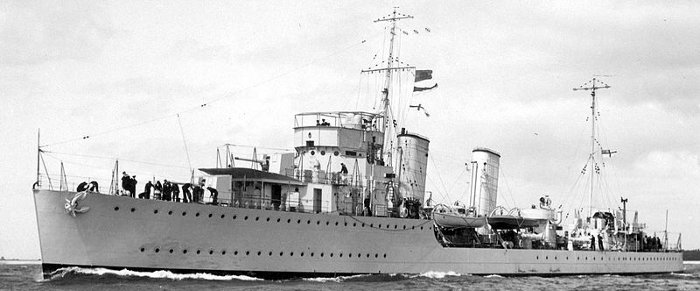
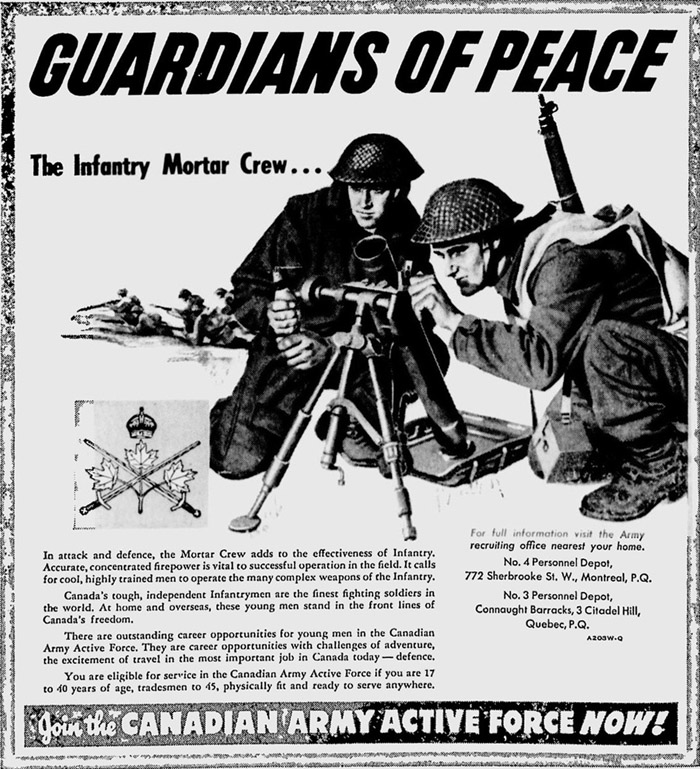

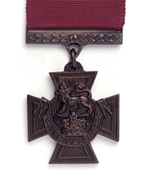 Lord Ashcroft's VCs
Lord Ashcroft's VCs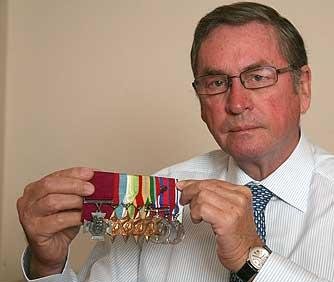 Follow Lord Ashcroft on Twitter
Follow Lord Ashcroft on Twitter


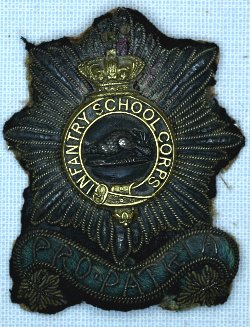
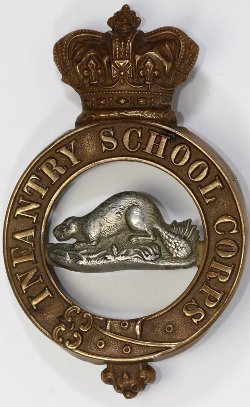
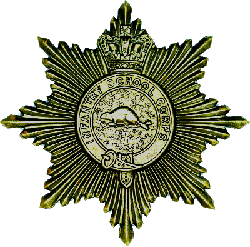
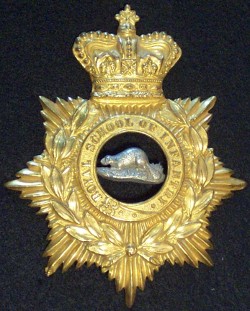

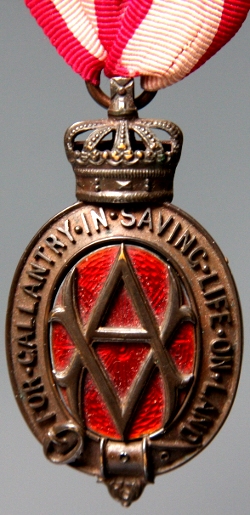 The Albert Medal was authorized by her Majesty Queen Victoria on 12 March, 1866, and
The Albert Medal was authorized by her Majesty Queen Victoria on 12 March, 1866, and 